- Stylish and modern design
- Without automatic control
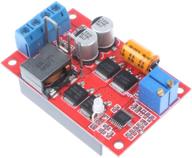
5
·
Poor

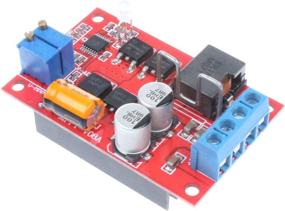
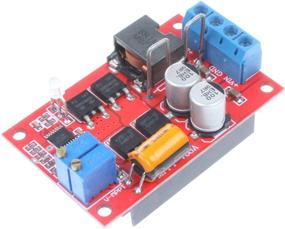
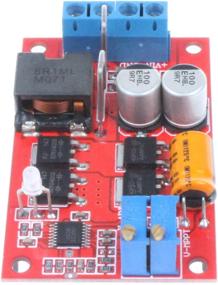
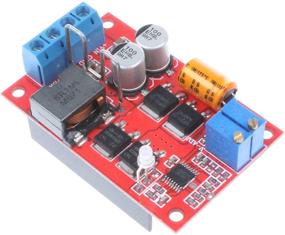
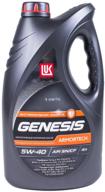
Engine oil Lukoil GENESIS ARMORTECH 5W-40, SN/CF, synthetic 4l (3148675)original

75 Review
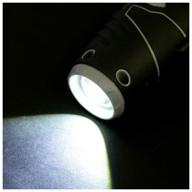
Rechargeable screwdriver OA-3,6F (433.0.2.00), 3.6 V, 1.3 Ah Li-ion, blister

46 Review
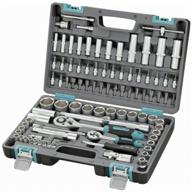
Bit and socket set Stels Tool set, 1/2", 1/4", CrV, plastic case 94 pcs, Stels, 94 pcs, black

46 Review
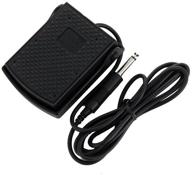
Digital piano YAMAHA P-45 black

57 Review
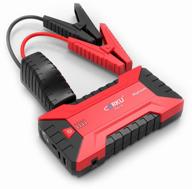
CARKU Pro-10 black/red

91 Review
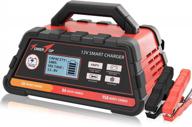
Keep Your Battery Fully Charged With A Smart 12V Charger/Maintainer Featuring Winter Mode

28 Review

Mroinge Automatic 6V/12V Trickle Charger For Vehicles, Motorcycles, Boats And More - Maintain Your Batteries With Ease!

29 Review
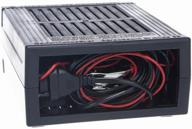
Charger Vympel 57 black

110 Review

Bit and socket set Stels Tool set, 1/2", 1/4", CrV, plastic case 94 pcs, Stels, 94 pcs, black

46 Review
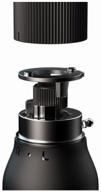
Xiaomi Mijia Ratchet Screwdriver 16 in 1 Screwdriver with Interchangeable Bits, 10 pcs, Black

22 Review
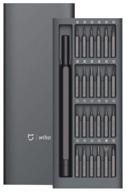
Xiaomi Mi x Mijia Wiha Precision Screwdriver Set (DZN4000CN), 25 pcs

34 Review

Rechargeable screwdriver OA-3,6F (433.0.2.00), 3.6 V, 1.3 Ah Li-ion, blister

46 Review